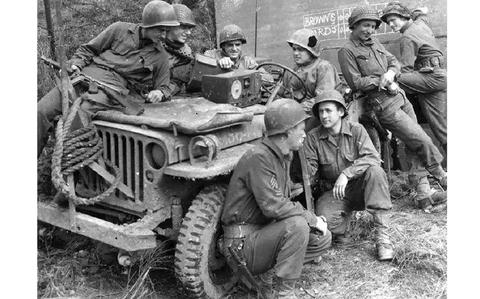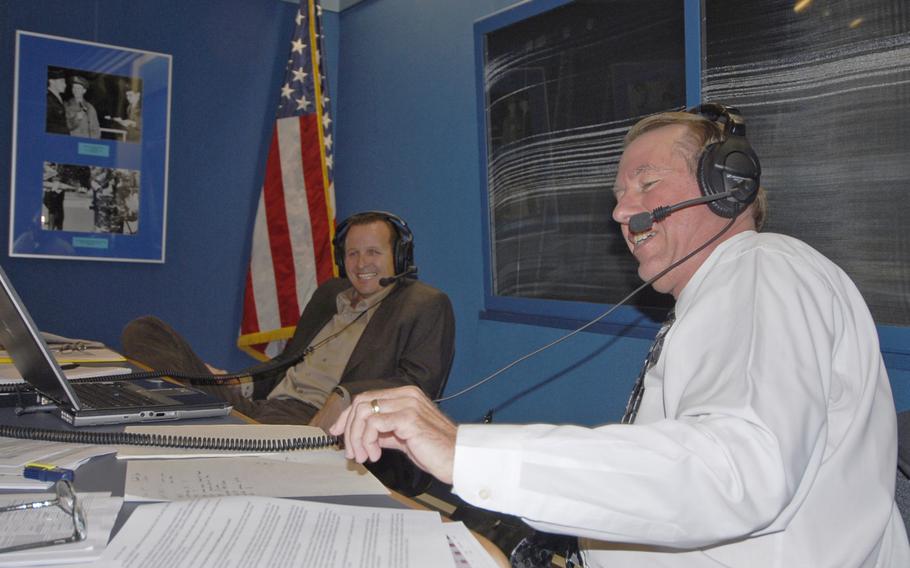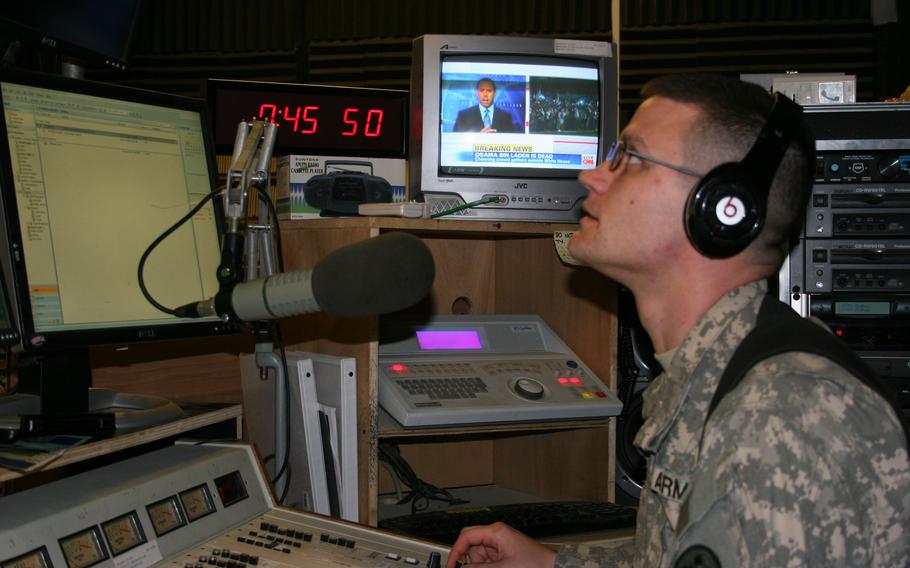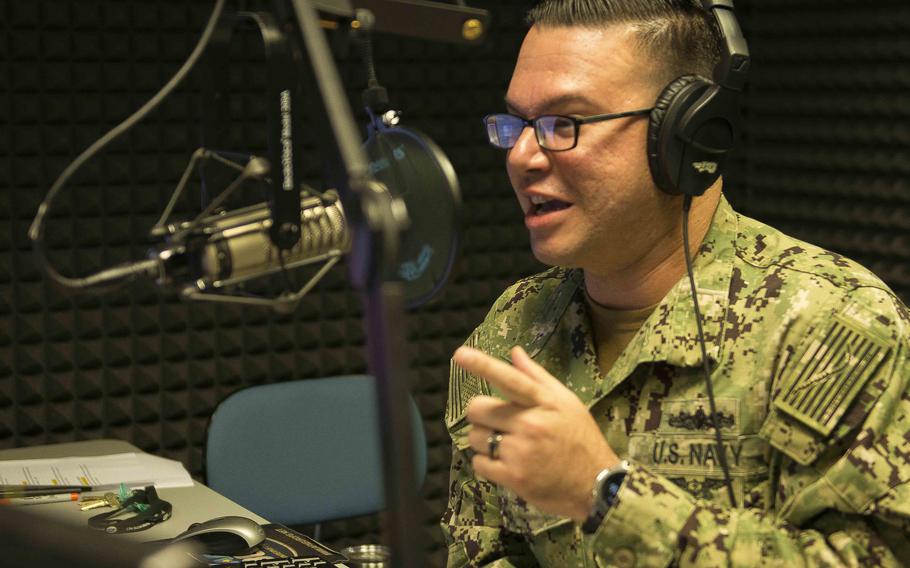Celebrating 80 Years of AFN
Soldiers listen to AFN on the radio during World War II. This month, AFN is marking its 80th anniversary. The writing on the wall suggests they might have been tuned in to the 1944 World Series between the St. Louis Browns and the Cardinals. (American Forces Network)
About two years prior to the conclusion of World War II, the American Forces Network (AFN) was launched in Europe, introducing U.S. troops to “The Star-Spangled Banner” in England as they prepared to liberate the continent from Nazi Germany.
Cpl. Syl Binkin was the first to broadcast on July 4, 1943, paving the way for future military broadcasters.
Initially, AFN’s mission was to keep U.S. service members “informed and entertained,” a purpose that continues to evolve with advancements in technology, stated AFN staff.
AFN will celebrate its 80th anniversary on Tuesday, with ongoing efforts to enhance its reach and adapt to new technologies, including internet streaming and satellite delivery. “We’re now on the internet, we’re now streaming,” remarked Bill Hickman, AFN Europe chief of affiliate operations.
Hickman reflected on his early days with AFN, noting the transition from analog and tape to modern digital methods. Early radio broadcasts were transmitted through telephone lines, showcasing the significant technological advancements made since then.
On the television front, broadcasters adapted from using film and tapes to more efficient digital cameras, as technology rapidly evolved.
“Keeping up with technology has been the greatest challenge,” acknowledged Hickman, emphasizing the need for ongoing funding and training for staff in new technologies.
AFN operates 24 radio stations globally, extending from Rota, Spain, to Kunsan, South Korea, and reaching remote locations like Kosovo and Antarctica.
The network serves around 400,000 U.S. military personnel and their families stationed at bases and embassies worldwide.
In Europe, AFN’s reach is expanding, particularly in Poland, where U.S. troops have recently been stationed in response to heightened tensions due to Russia’s actions in Ukraine.
New Initiatives and Continued Commitment
Recently, AFN introduced its livestreaming app, AFN Now, which has amassed approximately 25,000 subscribers since its launch. The app even successfully livestreamed the Super Bowl earlier this year.
Despite the rise of digital platforms, both Hallmark and Hickman reaffirmed their dedication to maintaining radio as a prominent medium. “Radio still reaches far beyond what newer technologies can achieve,” Hickman noted.
Over the years, AFN has featured many notable personalities, such as Adrian Cronauer, made famous by Robin Williams in the film “Good Morning, Vietnam.”
Hickman remarked, “While Cronauer’s air persona was more flamboyant in the movie, AFN has seen many talented individuals who engaged audiences deeply.”
Prior to his fame on “Wheel of Fortune,” Pat Sajak also worked as a broadcaster at an AFN station in Saigon alongside Cronauer. Other famous figures like George Clooney’s father and Johnny Cash’s brother also took to the airwaves as part of AFN in different capacities.
AFN has significantly broadened its target audience, now reaching not just active-duty members but also family members and civilians connected to the U.S. military.
Throughout its history, AFN has provided live coverage of important events, including the Nuremberg trials and the fall of the Berlin Wall, solidifying its role as a crucial source of information and entertainment for service members.
One memorable moment for Hickman occurred during President Bill Clinton’s 1999 visit to Aviano Air Base, where he had to fill airtime when the President was late, demonstrating the adaptability and quick thinking that AFN broadcasters possess.






